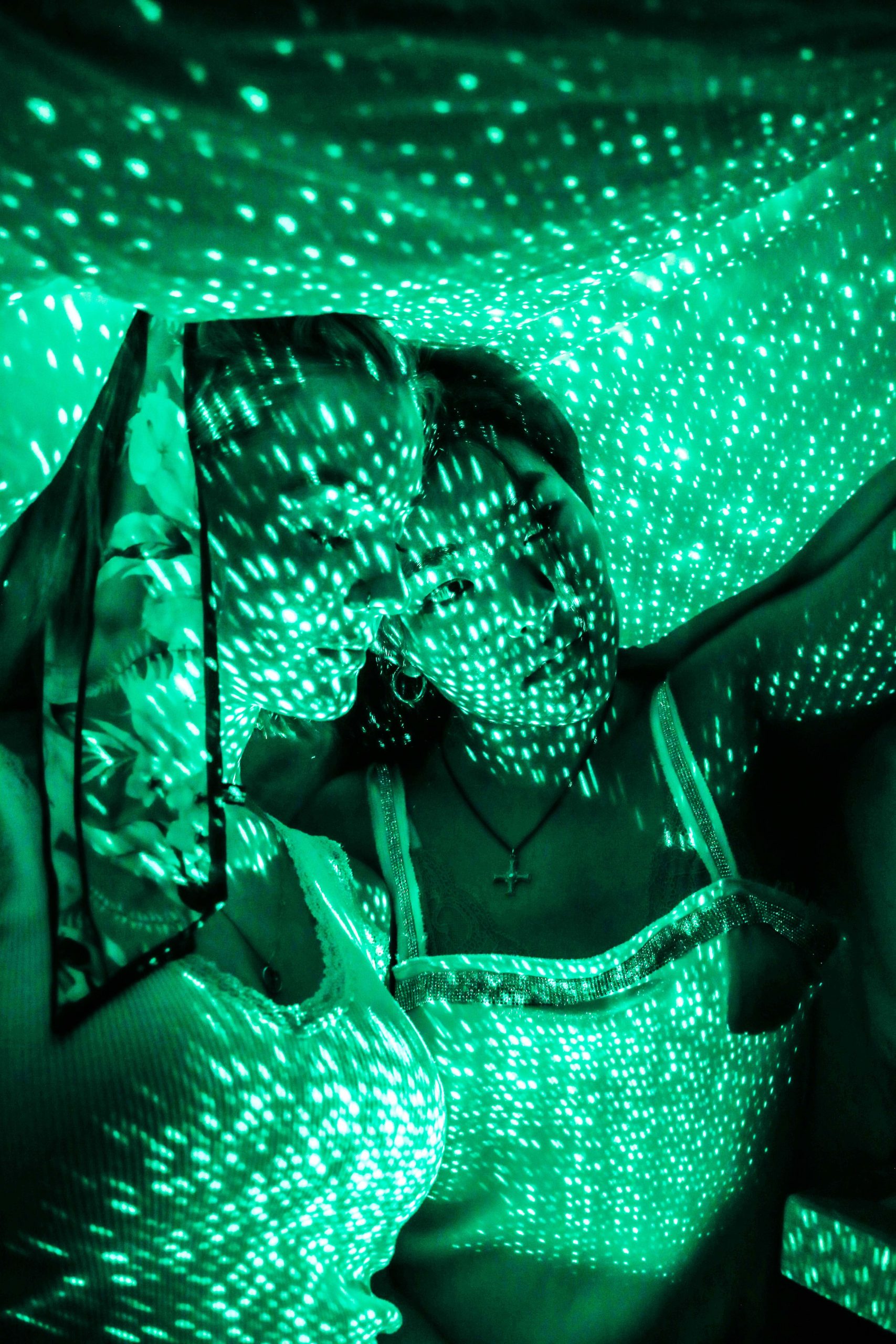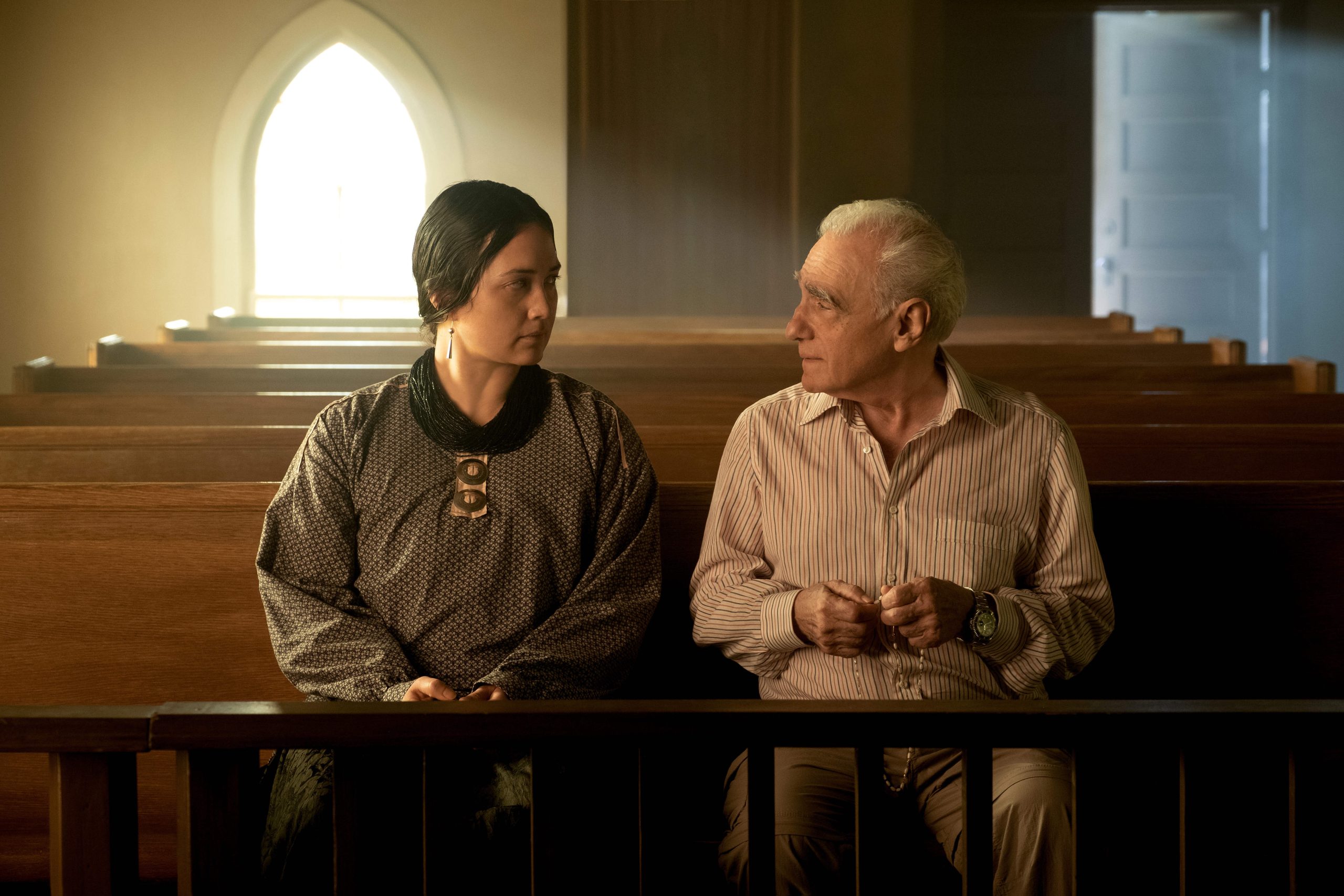
“Surely we made before we intellectualised?” A Conversation with Orsola de Castro
Designer, author and self-proclaimed “Original Granny” Orsola de Castro wants you to learn to repair your clothes. After founding ‘From Somewhere’, a luxury upcycling label that worked with Topshop and Speedo, Orsola started ‘Fashion Revolution,’ a global organisation campaigning for increased transparency in the fashion industry. Her memoir and clothes-mending bible, Loved Clothes Last, came out in 2021. Charlotte Slater interviews Orsola about writing, upcycling, and combatting the extinction of crafts.
C: Hi, Orsola! Thanks so much for your time today. To start, I’d like to ask about your mission in life – how has it evolved over the course of your career?
O: Well, for me, it was always going to be about working in fashion. I really do have a passion for working with clothes, I always have. I was a designer and I very much feel that I belong in this world of applied arts and artisans. However, when I was confronted with the fashion industry, I objected to pretty much 99.9% of its values. I had to cut my way through and find my own way of reconciling the industry itself with my love of clothes. My career mission became how to better this industry to include people like myself, who believe that fashion is important both as self-expression but also in terms of what it can give to humanity and the planet – that was going to be my career’s mission.
C: You’ve touched on the idea of reconciliation – in the past, you’ve challenged the complaint that ethical fashion isn’t sexy, and your response was that “we shouldn’t have to emulate an industry that we were born to antagonise.” Could you talk a little more about this antagonistic position: how have your projects been received?
O: The fashion industry, although it is incredibly impactful, is not particularly intelligent – it relies on very basic instincts. It’s a very exclusive industry, that establishes what is and isn’t a cool behaviour, and then somehow those rules are followed. I rebelled, and I continued to rebel, and it sounds a little bit ridiculous, but my rebelliousness is in keeping instead of throwing, or being kind instead of snobbish in an industry that tells you to do the opposite. I mean, people didn’t take me very seriously at all when I started. They thought that this sustainability malarkey was just going to go over at some point, and that was also partly because they couldn’t read my behaviour – they couldn’t read my kindness as strategic, or they couldn’t read my aesthetic as necessary – you know, the aesthetic of the broken, of repairing and recycling. So, although I am perceived as having been disruptive, I would like to say that I feel constructive. There was only a need for disruption because if you want to build something new, you have to somehow alter what was there before.
C: Yes, it comes back to that idea of repair, which is such a key part of your book, Loved Clothes Last. When reading it, I got a sense that the act of repairing worn clothes could also be an act of repairing the industry. The book is such a unique mix of memoir, activism and practical advice. Could you tell us a bit more about your creative process while writing it?
O: Well, how many months have you got? You described it perfectly – my favourite description of the book was that it’s between a manual and a manifesto, and that is exactly what I aimed to write. I can tell you the story of how it came about: my agent contacted me via Instagram. I have never replied to a DM before. She said that she wanted to commission a book on mending. I replied, thank you very much for thinking of me but I’m not very good at mending – I have lots of ideas but I don’t really practice. And then I thought I was being a mug, and I checked her out and she was a proper agent, and I replied and said I’m not great on how to mend, but I can write you a book on why to mend, and that was Loved Clothes Last.
While I was writing, I understood that this is what I want to do when I grow up. So, the creative process was illuminating for me. I have already done a lot of writing, you know – I write op-eds, I write my own answers for interviews, and I’m a diarist. But the book was completely eye-opening – it reminded me of making clothes. There was that same sense of building bit by bit, of attaching one bit to the next. It was a wonderful creative process and one that I’m hoping to continue.
C: Your book takes such care over its language. I particularly enjoyed the passage about the Italian idiom volta gabbana, where the act of turning a jacket inside out to make it last longer is used to express changing your mind. When you write, how do you persuade your readers to turn their jackets inside out?
O: To be honest, I didn’t expect as many people to read my book as they have. I certainly didn’t expect that it would be translated into four languages. Readers have taken the time to find me on Instagram, they’ve written me letters with their responses, with their own memories. Somebody sent me some… it’s not crochet, but it’s a particular lace, called tombolo in Italian, and I was very moved by that.
Words are incredibly important to me. They have been throughout my role as creative director at Fashion Revolution – I did the comms as well as the creative. I like accuracy, I like to speak with accuracy. As a mentor, as a teacher, I’m good at allowing people agency to either discover or speak about their impetus. It’s not necessarily about organic cotton, recycled polyester, fake fur – these are things that happen after you know what moves you. I know I’m good at helping people identify that, or reconnect with that, and I think that’s what the book did. What I am talking about is not complicated, it’s about following a personal impetus.
C: That impetus must have been a big contributor to what made Fashion Revolution such a success. In your eyes, what do you think it was that made this project so successful?
O: The people. As a campaign, as a campaigning organisation, we did start ugly. Fashion Revolution was always a bit of an odd fish. That spontaneity, that ethos which says everyone is welcome, which says take the revolution and run with it, is what made us successful. We are an organisation with over 80 global teams, and every team has a different aspect of the fashion industry that they engage with. We’re seeing, for instance, the South American and Sub-Saharan teams really focusing on waste, and the European teams focusing on legislation and supporting the EU with proposed changes. This is what makes us so different – each team has its own identity and purpose.
C: In you book you point out that it’s excess that’s a trend or a fad, not sustainability, which has always been vital to our survival. What can be done to make sustainability more influential than excess? Or is that simply incompatible with the fashion industry as it stands?
O: Any business that is designed to achieve exponential growth is not going to look either at people or at nature – it has to be based on exploitation and wastefulness. No brand – not since the Rana Plaza disaster ten years ago – has put their hands up and said I’ll produce less and I will produce more considerately. Obviously, we are overproducing. Only 13% of brands disclose how many products they produce every year, and no business can survive without that information: every brand knows how much they produce. It is an industry which is visibly corrupted. It is visibly polluting, and it is visibly maiming its workers. At the end of the day, it cannot remain a contradiction – it’s a problem everyone sees but no one does anything about.
C: And as a counterpart to the fashion industry, you’ve spoken about crafting as the “original open-source”. I wanted to ask you a bit more about the role you think crafting plays in today’s climate.
O: Well, craft is like another leg of humanity. Our manual intelligence, which is a craft, came before the written word. Surely we made before we intellectualised? It really is spontaneous. Crafts respond to certain requirements: they are localised, and they employ local communities using local materials. For example, you will use a certain wool, and the wood with which you make your, say, crochet needles, will also be dictated by the area which you are in. That in turn will give character to whatever it is that you’re weaving or knitting. That’s craft, you know. It really absorbs. It’s from the soil, and the soul.
On one level, we have decimated many of these crafts with industrialisation. Our waste, sent to Ghana and other countries in Sub-Saharan Africa, Chile, has decimated local craft industries by providing locals with cheaper clothing. We need to support traditional, ancient crafts as if they were living creatures facing extinction. Any extinction is a permanent loss to its ecosystem.
At the same time, if you look at something like upcycling, that’s a craft: it responds to exactly what it needs to be responding to. It is using a local resource which is in excess – that’s waste – and it could be employing local communities to transform that resource. But that hasn’t been done at scale yet, because upcycling speaks of going slowly, of reusing what’s old rather than making something new. It tells you how corrupt the industry is, that there is a solution at hand, that is one squillion percent overlooked.
C: And as one of the early pioneers of upcycling, where do you think innovations like this come from? You’ve spoken about the Japanese wabi sabi school of thought as a major source of inspiration for your ideas about decorative mending – where did you first get the idea for upcycling from?
O: Upcycling is a name that was invented by a guy called Reiner Pilz in ‘94, but when I started my brand, the name didn’t exist. I wanted to do it because I’m one of those slightly irritating people who like to do things the other way around – I am very neurodivergent. It was really a creative need and I have been butchering my own clothes ever since I can remember. Somebody explained it to me by saying: “You are providing a design solution to an environmental challenge.” The starting point was design.
One of the reasons why I have recently left my daily job at Fashion Revolution – I’m no longer Creative or Legal Director, but still present as a co-founder and advisor – but one of the reasons was because I am going to put all my weight on this concept of upcycling. It’s so instinctive to us humans to make things last. It doesn’t matter how old people are – you can talk about it with grandparents and with grandchildren. They know what to do. I love all new technological approaches to upcycling, and to traceability: blockchain or transparency are the words that we use at Fashion Revolution. I love technology when it reconnects you with something primal. Upcycling will benefit hugely from technology – it’s a perfect marriage of the very ancient with the very modern.
C: I wanted to return to this ideal of clothes lasting. Clothes in particular seem to gather significance from being worn and enjoyed over the years – do you have a favourite item of clothing, and what’s its story?
O: No. I can’t. I keep all my clothes, and if I were to single out one as the favourite, what would the others say? I love changing my mind, plus I go through phases: I have intermittent favourites, then I hate them because I wore them too much, so I hide them and then I find them and they’re my favourite all over again. I love all my clothes in different phases.
C: It seems like they’ve got a history of their own.
O: Oh my god, yeah! I mean, to be honest with you, my clothes are probably better known than I am.
Interview by Charlotte Slater.







